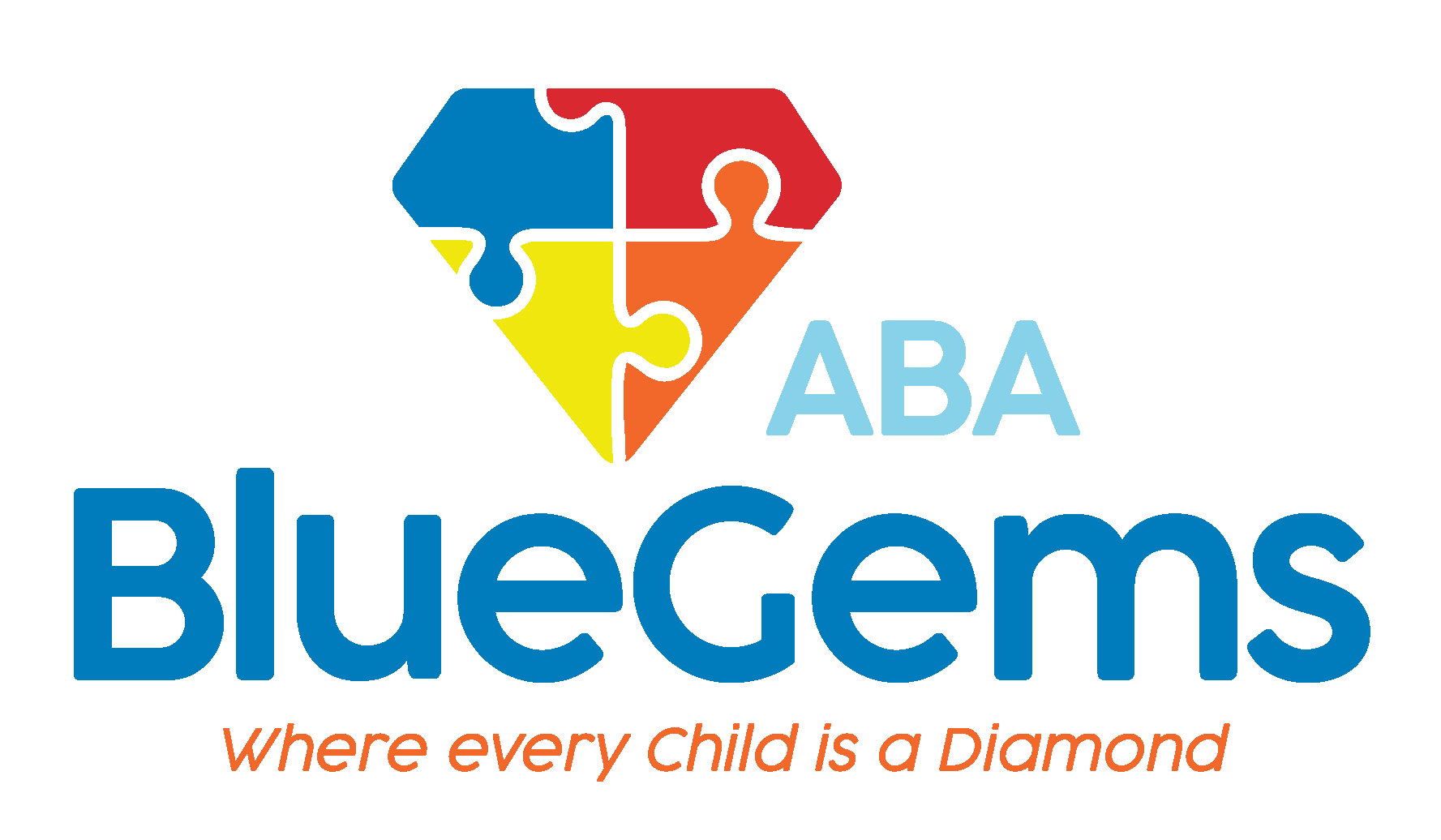ABA Therapy Techniques — An Overview
Applied behavioral analysis is considered the gold standard of treatment for people who are diagnosed with autism spectrum disorder (ASD). Also known as ABA therapy, this science- and evidence-based approach to learning and behavior helps people with autism build the social, communication and life skills with which they often struggle.
There are many reasons why ABA therapy is held in such high regard, not the least of which is because it’s a treatment that is highly personalized and highly adaptable.
ABA therapists conduct a thorough evaluation of each of their patients when they first start working with them. Then, based on the results of that observation and discussions with parents and caregivers, they create a customized treatment plan that is designed specifically to meet the unique needs, strengths and challenges of every patient.
Achievable goals are set in the initial plan, with progress tracked toward meeting those goals. Then, based on the patient’s progression, the ABA therapy plan is adjusted and tweaked.
ABA therapy also integrates family members, caregivers and others into the plan so that skills learned in sessions can be emphasized in real-world situations.
Therapists will use a variety of techniques to teach and help support their patients. We’ll describe some of those below.
Table Of Contents
Discrete Trial Training
One of the core techniques of ABA therapy is called Discrete Trial Training, or DTT. It involves following an approach known as ABC, which stands for antecedent, behavior and consequence.
The antecedent is what happens before a behavior occurs. Also referred to as a prompt in ABA therapy, the therapist will provide a prompt that is seeking a desired behavior. This could be a picture of a toothbrush, for example.
The next step is the B, or the behavior. In this case, the desired behavior might be for the patient to pick up their toothbrush.
The final step is the C, or the consequence. If the patient correctly exhibits the behavior, then they will receive a reward, such as extra praise or extra time with a toy. If they don’t correctly exhibit the behavior, the therapist won’t respond at all, and will simply start the trial over.
Visual Modeling
Therapists will commonly use visual aids to help their patients. A main reason for this is that people with autism are very commonly visual learners — meaning they learn and understand pictures and visual aids much better than they do written words or even spoken commands.
This visual aspect of ABA therapy will be seen in a number of ways. It can be used as pictures or videos as part of the prompts in DTT. It could also be visual modeling that the therapist will do so that their patients can mimic certain desired behaviors.
For instance, the therapist might show a patient that it’s time to brush their teeth by picking up a toothbrush of their own and brushing their teeth. The goal, then, is for the patient to pick up a toothbrush and do the same.
Caregiver Intervention
As mentioned earlier, a key component of ABA therapy is integrating parents and/or caregivers into the treatment plan. This is essential, as parents and caregivers are the ones who will spend most of their time with the patient in real-world, everyday scenarios.
Therapists will include parents and caregivers into sessions, teaching and showing them how the different ABA therapy techniques are carried out so that they can use them once sessions are over.
By integrating parents and caregivers into the mix at this stage, it’s more likely that the patients will be able to continue their learning and behavior modification well after the therapist has left — or ABA therapy has ended altogether.
Positive Reinforcement
As you can see, a major aspect of every teaching technique in ABA therapy is positive reinforcement. ABA therapy believes wholeheartedly in this approach to helping people with autism modify certain behaviors and learn certain skills with which they might struggle.
Again, this positive reinforcement could be anything from extra time with a toy or book they like to simply extra praise.
During the evaluation stages — and as the treatment plan progresses — therapists will pay attention to what rewards motivate each patient best. They will then use these motivators as the rewards that the patients will get when they correctly exhibit the desired behavior in different scenarios.
Blue Gems ABA Administers All-Encompassing Treatment Plans
ABA therapy involves many different teaching techniques to help people with ASD build the skills that they need to succeed in life. Over time, with repetition and tinkering with different methods, ABA therapists can help each of their patients grow significantly.
At Blue Gems ABA, our team of dedicated BCBAs customize ABA therapy treatment programs to the specific needs, strengths and challenges of each of their patients.
To learn more, please contact us today.




